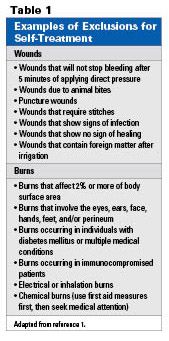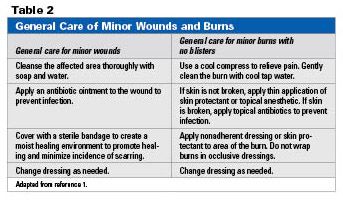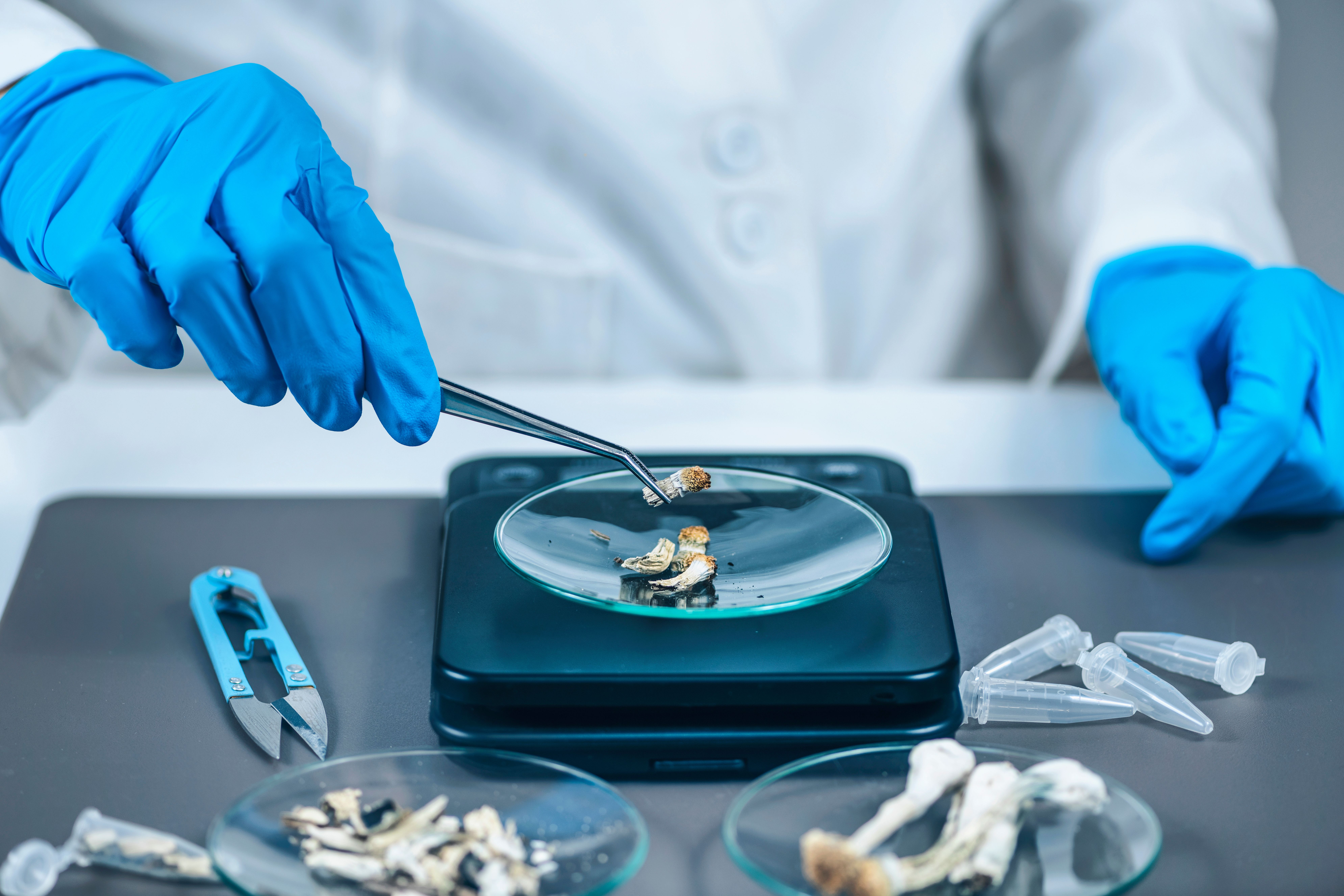Publication
Article
Pharmacy Times
A Pharmacist's Guide to OTC Therapy: Burn and Wound Care Products
Author(s):
Ms. Terrie is a clinical pharmacy writer based in Haymarket, Virginia.
Currently, a variety of OTC products are available for the treatment of minor wounds and burns. Examples of these wound care products include topical antibiotics (bacitracin, neomycin, and polymixin B sulfate), wound irrigants, wound antiseptics, various types of bandages, and products that aid in reducing the appearance of scars. OTC products available for minor burns include skin protectants, skin protectants with antiseptics, and local anesthetics. Pharmacists are in a pivotal position to guide patients on the proper selection of these OTC products marketed for treatment of minor wounds and burns, as well as to ascertain the appropriateness of self-treatment and direct patients to seek medical attention when warranted. The overall goals of wound and burn care treatment are to promote healing, prevent infection or further complications, relieve pain, and minimize the incidence of scarring.1

In general, wounds that can be self-treated include minor scrapes, scratches, cuts, and insect bites. Superficial and some superficial, partial thickness burn injuries are the only types of burns that are suitable for self-treatment.1 Individuals with deeper burns should always be referred for medical evaluation.1
Role of the Pharmacist
When counseling patients about wound care and burn products, it is imperative for pharmacists to ensure that patients are thoroughly educated about the proper use of these products, including the recommended duration of use. For years, many individuals believed that minor wounds should be left uncovered to heal more quickly; however, recent studies have shown that uncovered wounds increase chances of scarring and possible infection and reinjury.1,2 Recent research has demonstrated that a moist healing environment will accelerate healing and may minimize scarring and reduce incidence of infection.1,2 Therefore, it is important to remind patients to properly cover minor wounds with appropriate wound dressing products, such as Johnson&Johnson Band-Aid, Nexcare, or Curad products.

Patients with burns should be advised not to rupture blisters, and if the skin is broken, they should apply topical antibiotics to prevent infections. It is also important for pharmacists to remind certain patient populations, such as patients with diabetes or those individuals currently taking medications that may impair the healing process, to adhere to minor wound care protocols and to seek the advice of their primary care provider. Furthermore, individuals should always be advised to seek medical care for wounds or burns that do not exhibit any signs of healing after 5 days of self-treatment or if the wound or burn shows signs of infection, such as redness, swelling, or severe pain. â–

Newsletter
Stay informed on drug updates, treatment guidelines, and pharmacy practice trends—subscribe to Pharmacy Times for weekly clinical insights.






